So…Lordy, I’m too tired and scattered to even know where to begin…
The Eastern phoebe and blue jay were released; the blue jay is still swooping in for handouts. Blue jays are opportunistic little beggars, so like the pileated—who is also still showing up for treats—he’ll be around a while. The barn swallow died overnight during the week—fine, alert and happy at lights-out; dead the next morning, still in nesting position…
Two additional red shoulders came in, one a first- or second-year bird and the other an adult. The adult bird was brought by a game warden from several counties away and had been shot. A cursory parking lot exam led me to believe the injury might not be too severe; a more detailed exam when I got the bird home revealed that the wrist was shattered. This was not a fixable injury, and the bird was euthanized.
As required by law, the gunshot red shoulder was reported to US Fish and Wildlife and to GA DNR, although the game warden from that county was already investigating the incident and knew that it was an unsupervised child who’d shot the bird. And oh Lordy, that brings on another rant—adults, teach your children how to handle guns properly! You think that child won’t move from potshots at birds to shooting cats and dogs and then maybe siblings or random strangers??? No child should be allowed to roam around unsupervised with a gun! Teach them proper respect for that weapon and what it can do!
The other red shoulder was found grounded on private property and I initially thought the wing was broken; what I thought was possibly a near-open fracture turned out upon closer examination to be a broken feather shaft—this is why parking lot exams are cursory, at best—with a lot of bruising. The wing is still tender but the bird is doing well and should be releasable unless there’s tendon damage—no way to determine that until he’s put into a flight pen. (And see above on that; thankyaverymuch, Doofus GHO!)
Fortunately, his sib is doing well, although not flying well enough for the flight pen yet.
The lady who found these Carolina wrens also acted responsibly. They were in a jet ski brought in for repairs, and since she worked elsewhere and was about to head to her shift when they were found, she called to see what she needed to do to keep them going until the next morning. I explained the emergency measures she needed to take, and the next morning all four little darlings came to LWR.
Upon receiving the bird, I saw at least part of the problem: the baby was massively mite-infested, which meant the nest and sibs were too. I explained to the rescuer what she needed to do for the remaining nestlings and took this baby home to begin “de-miting”. It took TWO HOURS to totally de-mite the poor bird, during which time I also began to suspect we might have a fractured pelvis from all the falls from the nest. The baby was placed in a soft “donut” nest, where she remains today, although she is showing some signs of improved foot/leg function. We’ll have to wait and see what happens, but I’m more optimistic than I was a few days ago.
Even the photo she texted me of them in her fireplace didn’t prepare me for how tiny these babies were upon intake: six recently hatched, totally naked (not all birds have hatchling down/fuzz) swifts weighing just 5 grams each. Tiny, tiny!
The two surviving swifts are doing well; one was a little lethargic on the day after intake but both are noisily demanding food now, which is always a good sign!

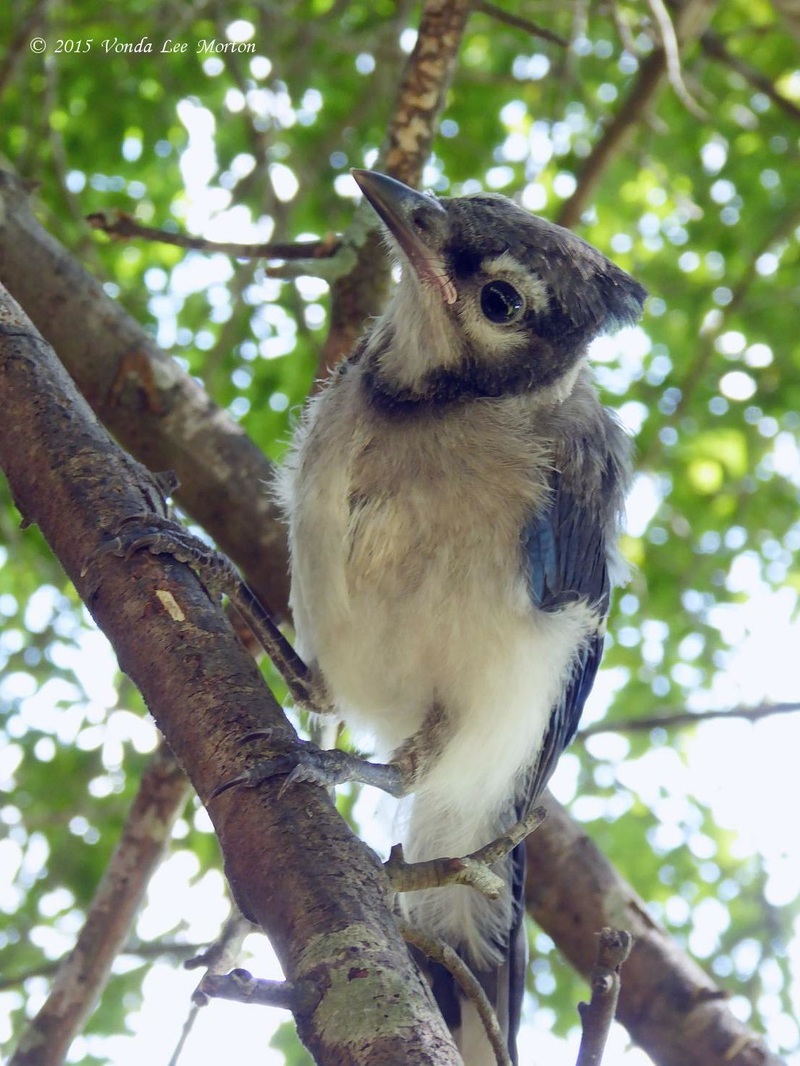
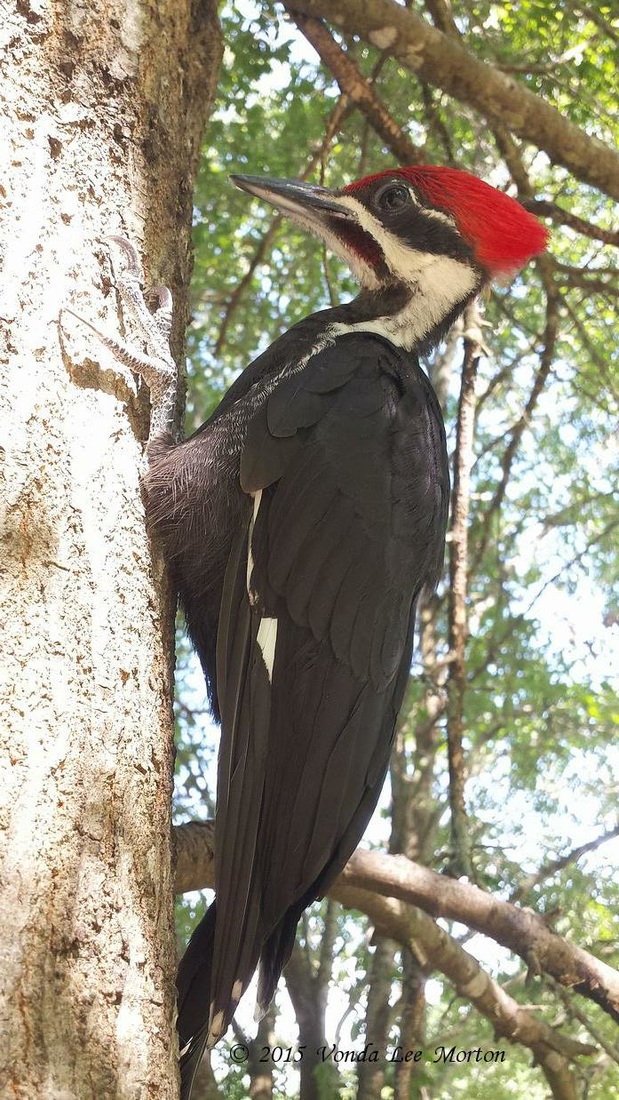





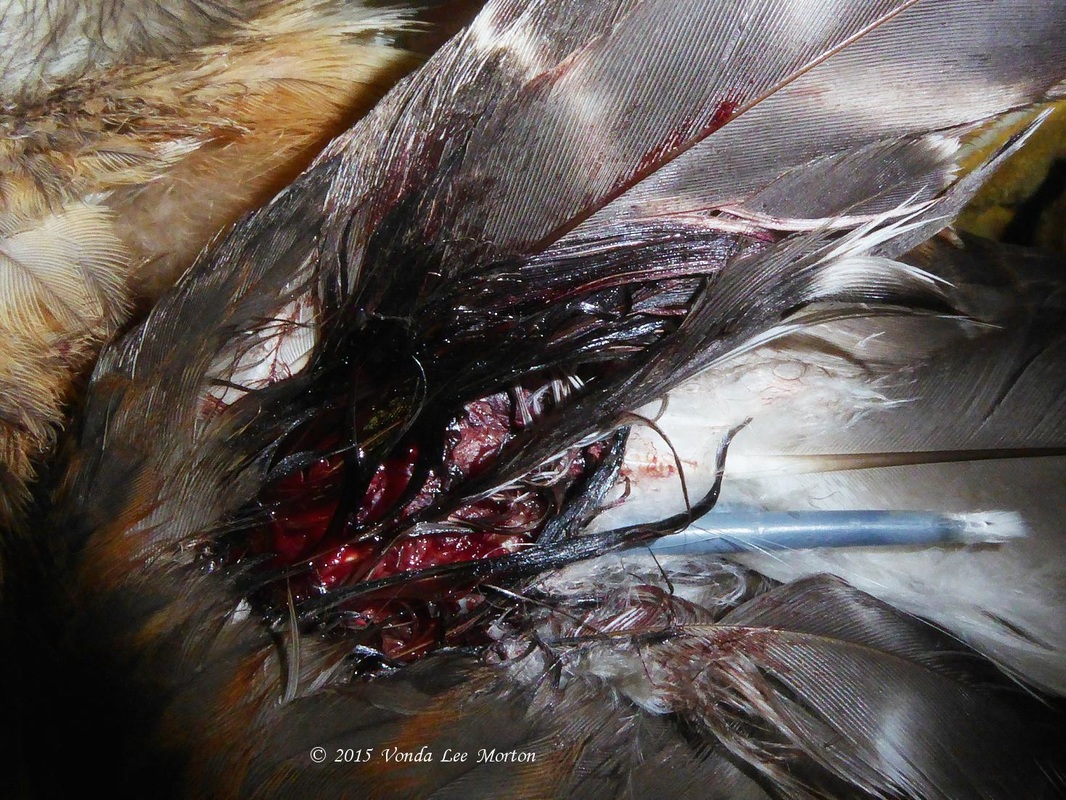
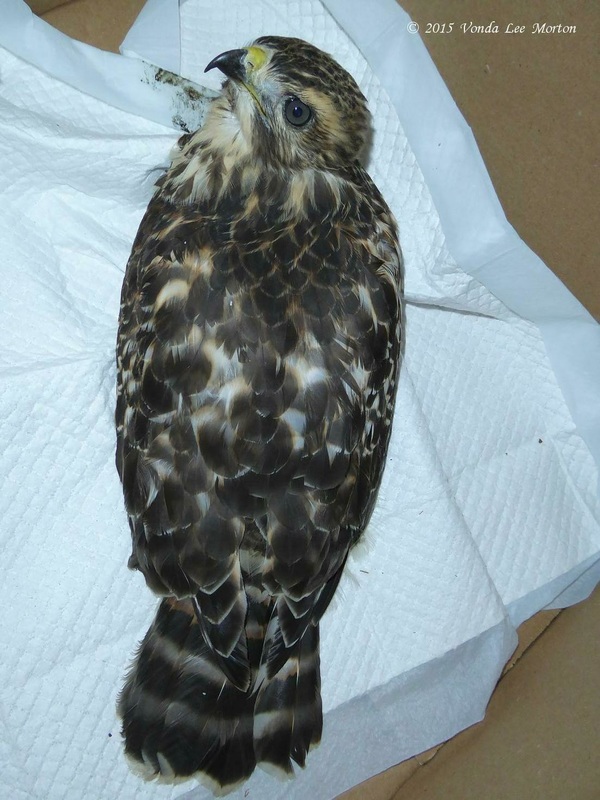
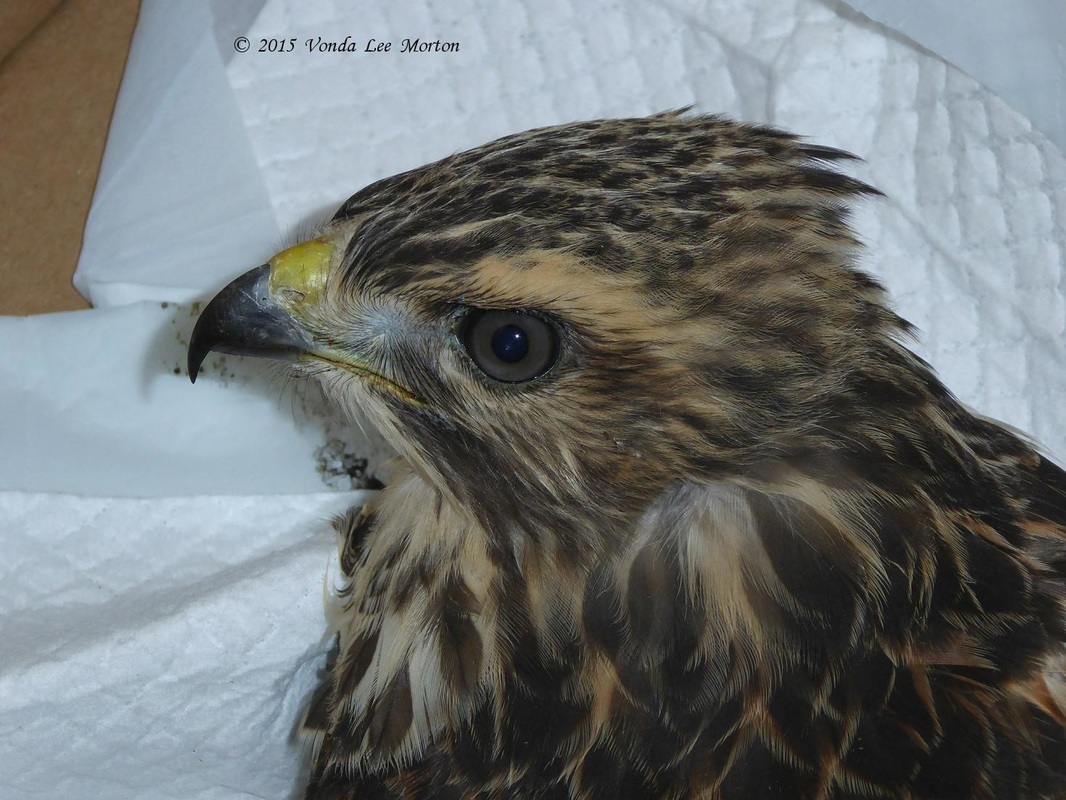










 RSS Feed
RSS Feed
